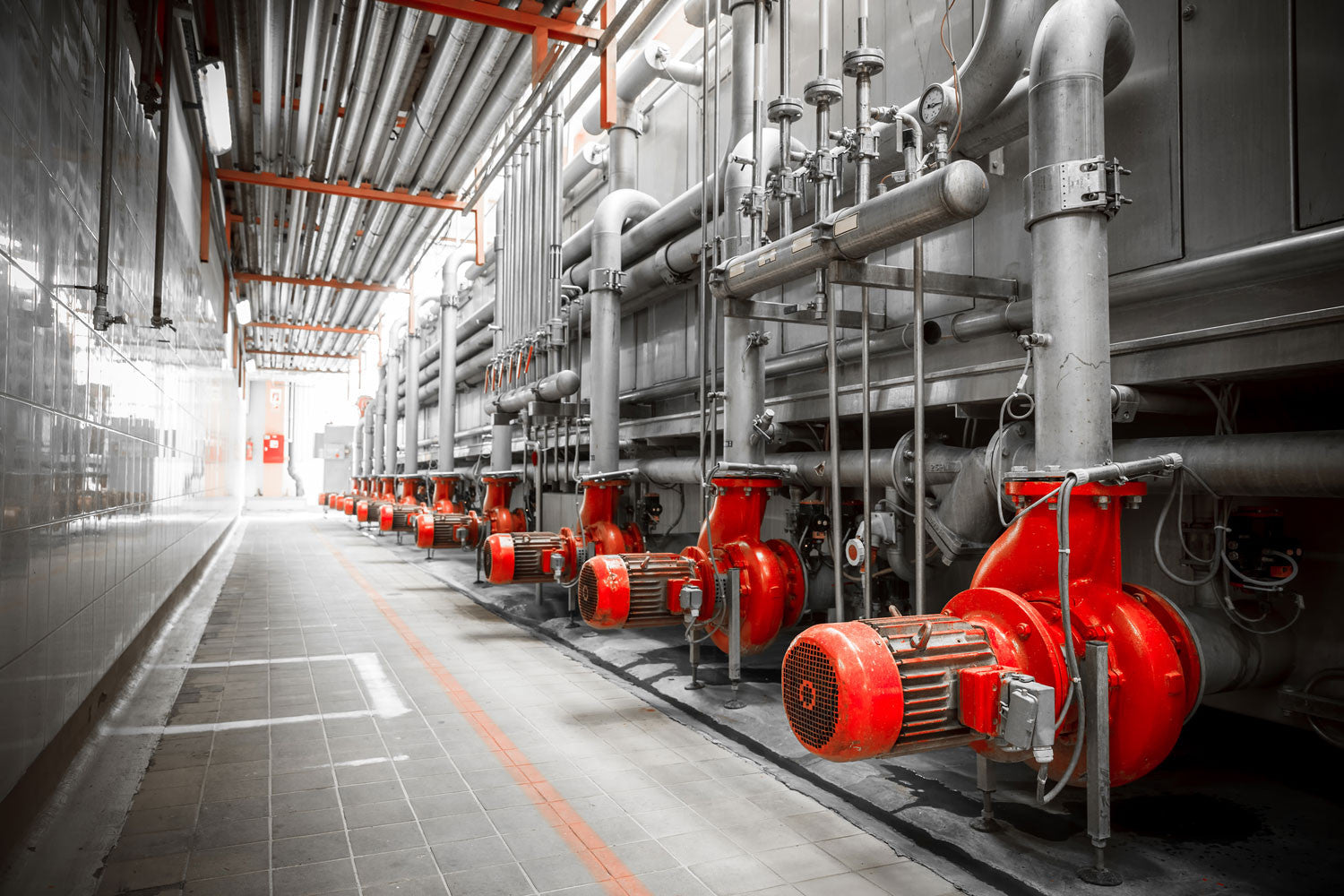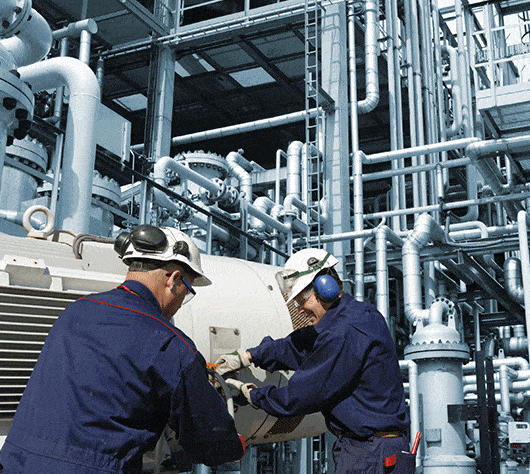What Does Roar Solutions Mean?
What Does Roar Solutions Mean?
Blog Article
Roar Solutions - The Facts
Table of ContentsThe Best Strategy To Use For Roar SolutionsRoar Solutions for DummiesExcitement About Roar Solutions
In order to secure installments from a prospective surge an approach of evaluating and categorizing a potentially unsafe location is required. The objective of this is to make sure the right option and setup of devices to ultimately protect against an explosion and to ensure security of life.
(https://www.reddit.com/user/roarsolutions1/)
No devices must be set up where the surface area temperature level of the devices is above the ignition temperature level of the provided threat. Below are some typical dirt hazardous and their minimal ignition temperature. Coal Dirt 380C 225C Polythene 420C (thaws) Methyl Cellulose 420C 320C Starch 460C 435C Flour 490C 340C Sugar 490C 460C Grain Dust 510C 300C Phenolic Resin 530C > 450C Aluminium 590C > 450C PVC 700C > 450C Residue 810C 570C The probability of the danger existing in a focus high enough to create an ignition will vary from location to location.
In order to categorize this threat a setup is divided right into areas of risk relying on the quantity of time the unsafe is existing. These areas are described as Zones. For gases and vapours and dusts and fibers there are 3 zones. Zone 0 Zone 20 A hazardous atmosphere is extremely likely to be existing and might be existing for lengthy periods of time (> 1000 hours each year) or also continually Area 1 Zone 21 A dangerous ambience is feasible yet not likely to be existing for lengthy durations of time (> 10 450 C [842 F] A classification of T6 implies the minimal ignition temperature is > 85 C [185 F] Harmful area electrical tools perhaps created for usage in higher ambient temperature levels. This would suggested on the ranking plate e.g. EExe II C T3 Ta + 60C( This implies at 60C ambient T3 will certainly not be gone beyond) T1 T1, T2, T3, T4, T5, T6 T2 T2, T3, T4, T5, T6 T3 T3, T4, T5, T6 T4 T4, T5, T6 T5 T5, T6 T6 T6 A T Course ranking of T1 suggests the optimum surface temperature created by the tool at 40 C is 450 C. Thinking the associated T Class and Temperature level score for the devices are proper for the location, you can always use an instrument with an extra stringent Division score than needed for the area. There isn't a clear response to this concern. It really does depend on the type of equipment and what fixings require to be performed. Equipment with details test procedures that can't be carried out in the field in order to achieve/maintain third party score. Need to come back to the factory if it is before the tools's service. Area Repair Service By Authorised Personnel: Complex testing may not be needed however certain treatments may need to be followed in order for the tools to preserve its 3rd party ranking. Authorized employees have to be utilized to execute the work properly Fixing need to be a like for like replacement. New part should be thought about as a direct substitute requiring no unique screening of the devices after the repair service is full. Each item of devices with a dangerous score ought to be reviewed individually. These are outlined at a high degree listed below, however for more comprehensive details, please refer directly to the standards.
The Definitive Guide for Roar Solutions
The tools register is a detailed data source of devices documents that consists of a minimum set of areas to identify each thing's place, technical specifications, Ex lover classification, age, and ecological data. This details is vital for monitoring and handling the equipment properly within dangerous areas. On the other hand, for regular or RBI sampling inspections, the grade will certainly be a combination of In-depth and Close inspections. The ratio of In-depth to Close assessments will be established by the Equipment Threat, which is examined based on ignition danger (the probability of a source of ignition versus the probability of a flammable atmosphere )and the harmful area category
( Zone 0, 1, or 2). This variant will certainly also affect the resourcing needs for job preparation. As soon as Whole lots are specified, you can develop sampling strategies based on the example size of each Great deal, which refers to the variety of random tools things to be examined. To figure out the called for sample size, 2 aspects need to be reviewed: the size of the Whole lot and the group of examination, which shows the degree of effort that must be used( lowered, typical, or raised )to the assessment find more of the Great deal. By incorporating the category of evaluation with the Whole lot dimension, you can then establish the suitable denial criteria for a sample, meaning the allowed variety of faulty products located within that sample. For even more information on this procedure, please refer to the Power Institute Standards. The IEC 60079 basic suggests that the optimum interval in between inspections need to not surpass three years. EEHA examinations will certainly likewise be conducted beyond RBI projects as part of set up maintenance and equipment overhauls or repairs. These inspections can be credited towards the RBI example sizes within the affected Great deals. EEHA evaluations are performed to recognize faults in electric tools. A weighted scoring system is essential, as a single piece of devices may have numerous mistakes, each with differing levels of ignition risk. If the combined score of both examinations is less than two times the fault score, the Great deal is deemed acceptable. If the Lot is still thought about inappropriate, it needs to undertake a full inspection or justification, which might trigger stricter evaluation protocols. Accepted Whole lot: The root causes of any faults are determined. If a common failure setting is discovered, additional devices might call for assessment and repair. Faults are classified by intensity( Security, Stability, Home cleaning ), guaranteeing that immediate problems are examined and addressed quickly to mitigate any effect on security or operations. The EEHA data source need to track and tape the lifecycle of mistakes together with the restorative actions taken. Executing a robust Risk-Based Inspection( RBI )method is vital for making sure compliance and safety and security in taking care of Electric Equipment in Hazardous Areas( EEHA) (eeha training). Automated Mistake Scoring and Lifecycle Monitoring: Effortlessly take care of faults and track their lifecycle to enhance evaluation precision. The intro of this support for risk-based evaluation additionally strengthens Inspectivity's position as a best-in-class remedy for regulatory compliance, along with for any type of asset-centric examination usage case. If you want learning more, we welcome you to request a demonstration and uncover just how our service can change your EEHA monitoring processes.
Some Of Roar Solutions

In regards to explosive danger, an unsafe area is a setting in which an eruptive environment exists (or might be anticipated to be existing) in amounts that call for unique precautions for the building, setup and use equipment. electrical refresher course. In this article we explore the difficulties encountered in the work environment, the danger control actions, and the called for competencies to work safely
These compounds can, in specific problems, form eruptive atmospheres and these can have major and heartbreaking consequences. Many of us are acquainted with the fire triangle eliminate any type of one of the three aspects and the fire can not happen, but what does this mean in the context of hazardous locations?
In many instances, we can do little concerning the levels of oxygen airborne, but we can have significant influence on resources of ignition, for instance electric equipment. Dangerous areas are documented on the dangerous area category illustration and are identified on-site by the triangular "EX" sign. Right here, among other essential info, zones are split right into three types depending upon the danger, the possibility and period that an eruptive environment will certainly exist; Zone 0 or 20 is deemed the most hazardous and Area 2 or 22 is regarded the least.
Report this page